Related posts:
 Lean Pilaf with Brown Rice Recipe
Lean Pilaf with Brown Rice Recipe
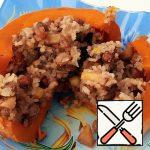 Lean Pumpkin with Rice and dried Fruits Recipe
Lean Pumpkin with Rice and dried Fruits Recipe
 Buckwheat Gratin with Nuts and Dried Fruits Recipe
Buckwheat Gratin with Nuts and Dried Fruits Recipe
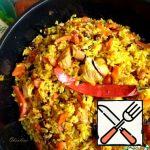 Turkey Pilaf with Dried Fruit Recipe
Turkey Pilaf with Dried Fruit Recipe
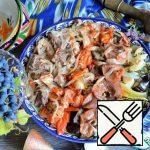 Basma with Eggplant and Dried Quince Recipe
Basma with Eggplant and Dried Quince Recipe
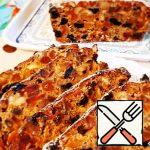 Cupcake with Candied Fruits and Dried Fruits Recipe
Cupcake with Candied Fruits and Dried Fruits Recipe
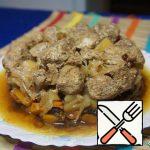 Roast with Vegetables and Dried Fruits Recipe
Roast with Vegetables and Dried Fruits Recipe
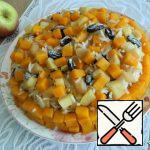 Pumpkin Casserole with Rice and Quince Recipe
Pumpkin Casserole with Rice and Quince Recipe
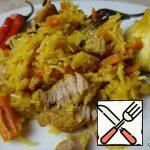 Pilaf with Meat Recipe
Pilaf with Meat Recipe
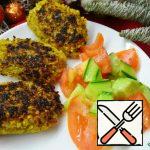 Lazy Lean Cabbage Rolls Recipe
Lazy Lean Cabbage Rolls Recipe
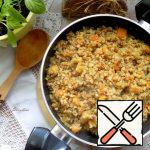 Lean Buckwheat Porridge with Vegetables Recipe
Lean Buckwheat Porridge with Vegetables Recipe
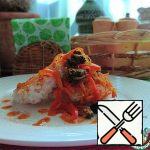 Lean Rice Patties with Vegetables Recipe
Lean Rice Patties with Vegetables Recipe